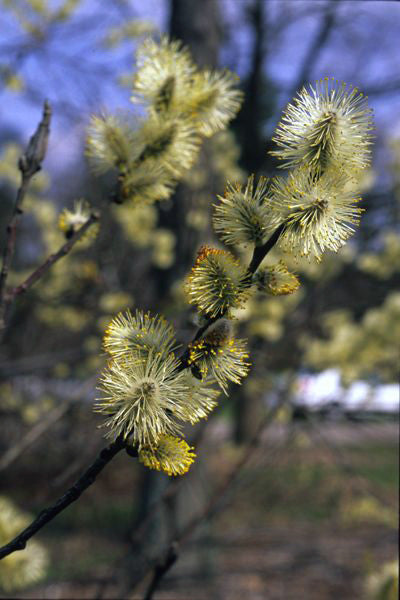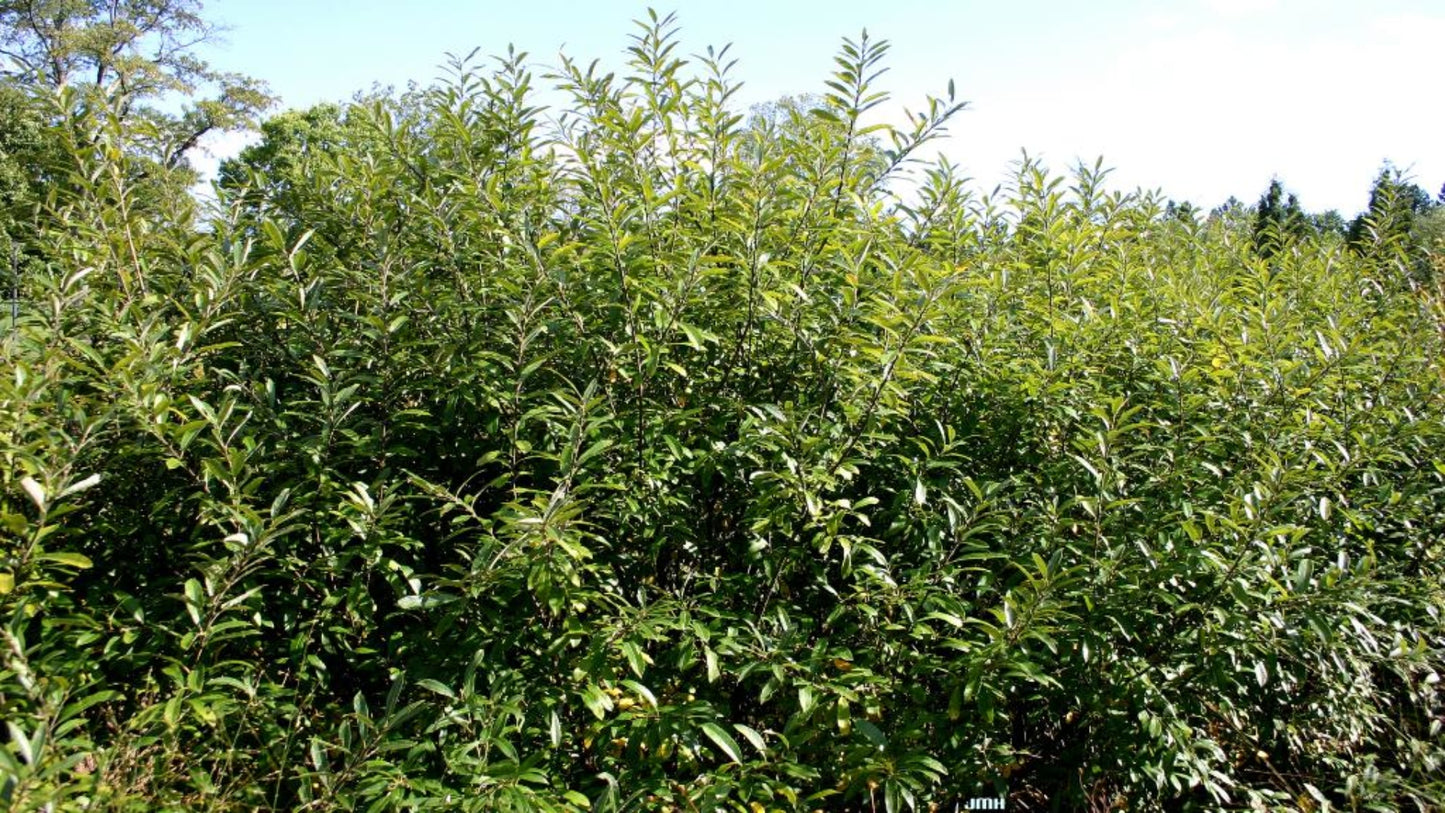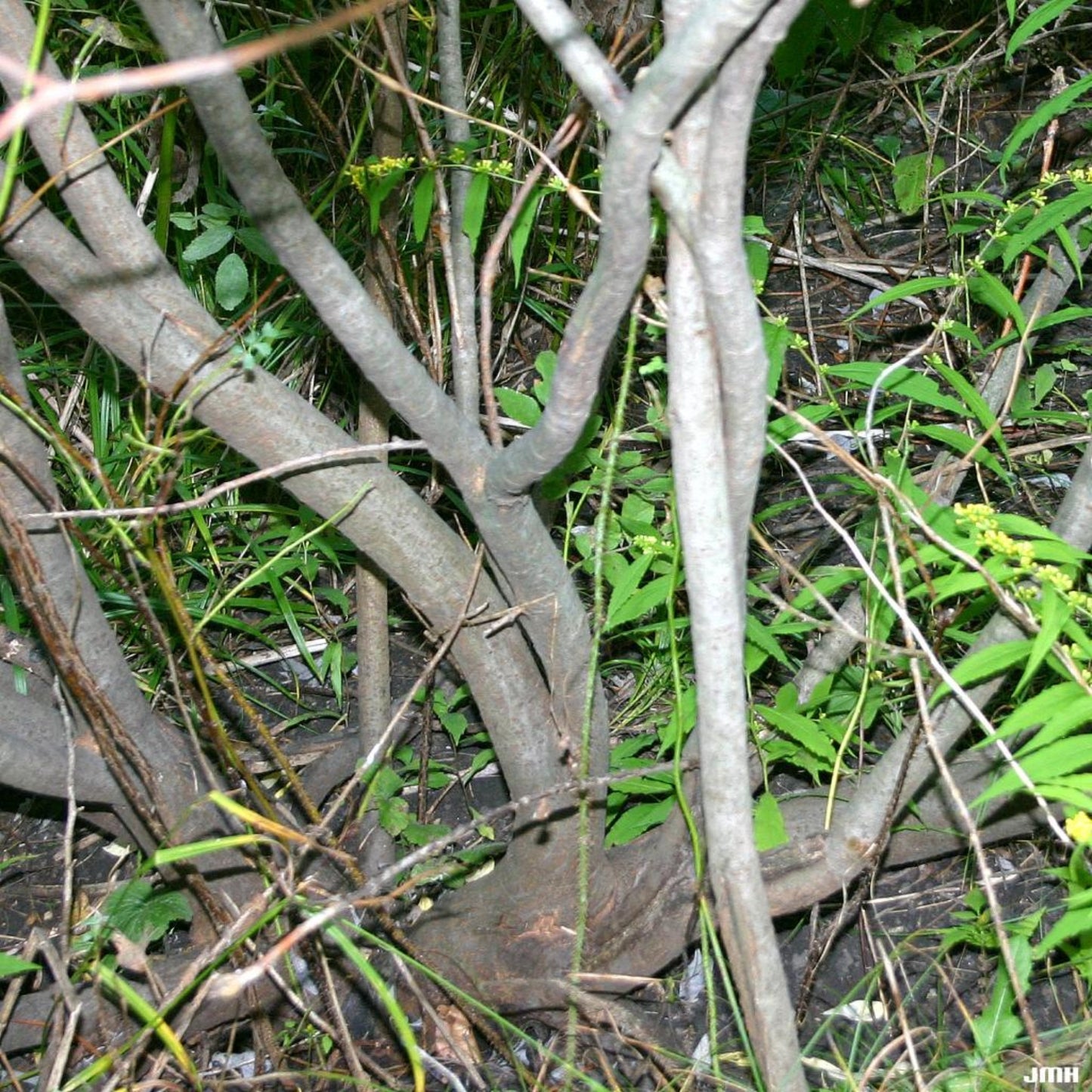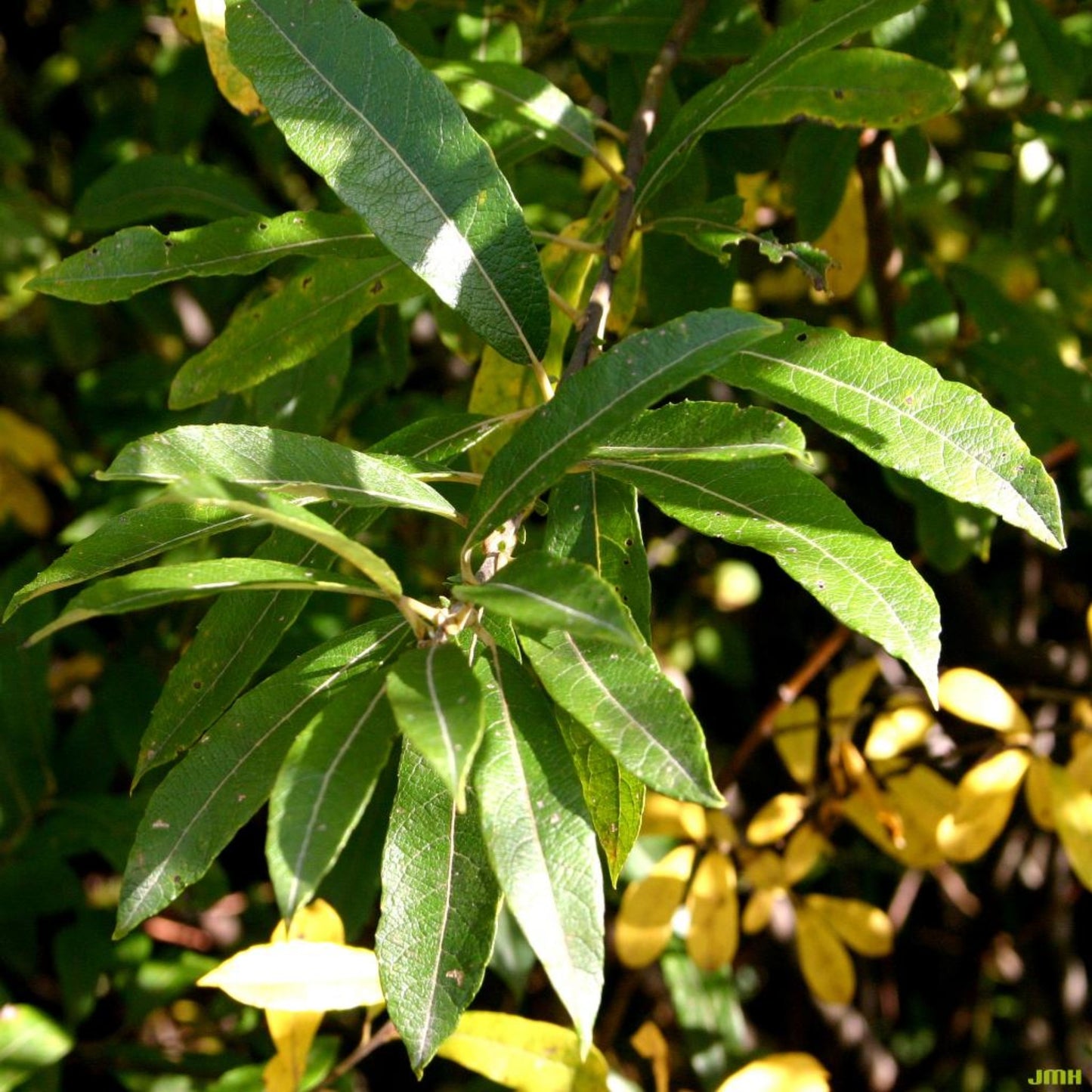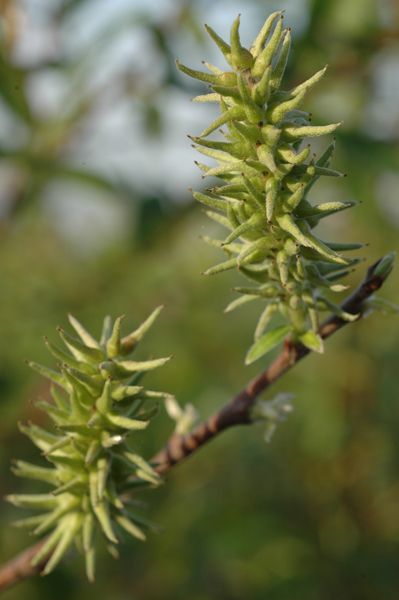Wild Ones West Cook
Prairie Willow - Salix humilis
Prairie Willow - Salix humilis
Low stock: 4 left
Couldn't load pickup availability
Features: Bees, beetles, butterflies, moths and birds are attracted to this shrub. Its dense foliage provides nesting crannies for several bird species. In the past, the Native Dakota tribe made a restorative tea from prairie willow bark. Its compound salicin led to the development of aspirin.
The Prairie Willow blooms early, providing nectar and pollen at a time when other food sources are low. This is a host plant for Mourning Cloak, Viceroy, and Red-spotted Purple butterflies. It is fire tolerant and may spread to form colonies.
The plant is dioecious, meaning male and female flowers are on separate plants. This may be less of a concern than with berry/fruit producing species, but something of which to be aware. Morton Arboretum info
Willows support 455 insect species, 3rd to Black Cherry (456 species) and Oak (534 species).
Light: full or partial sun
Soil: medium
Height: 4 to 6 ft.
Width: 4 to 6 ft.
Blooms: early spring
Flower color: yellow white
Fall color: yellow
See more information and photos at: Illinois Wildflowers and USDA Plants Database
Photos: 1 Illinois Wildflowers; 2,3,4 Morton Arboretum; 5 Possibility Place
Share
